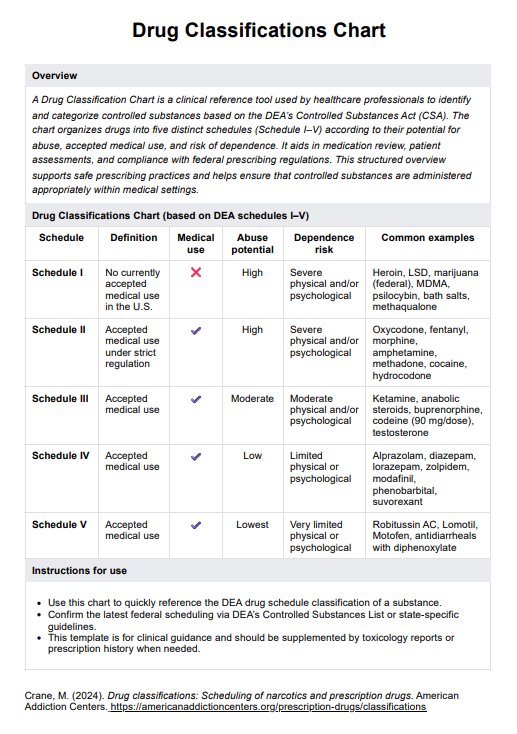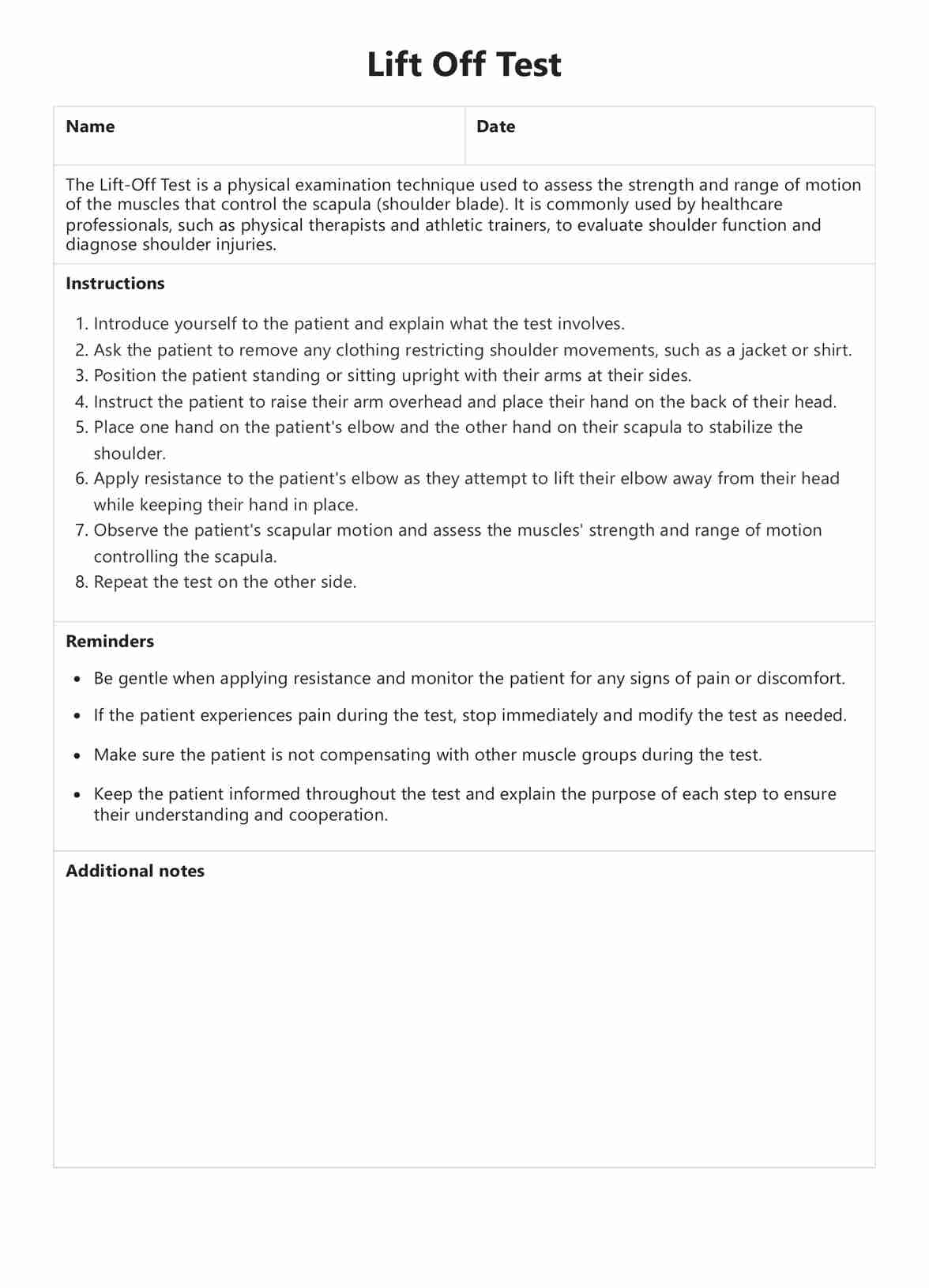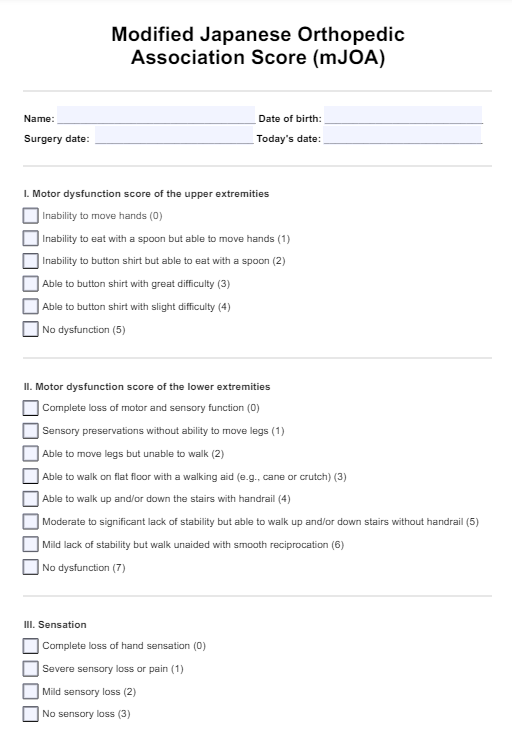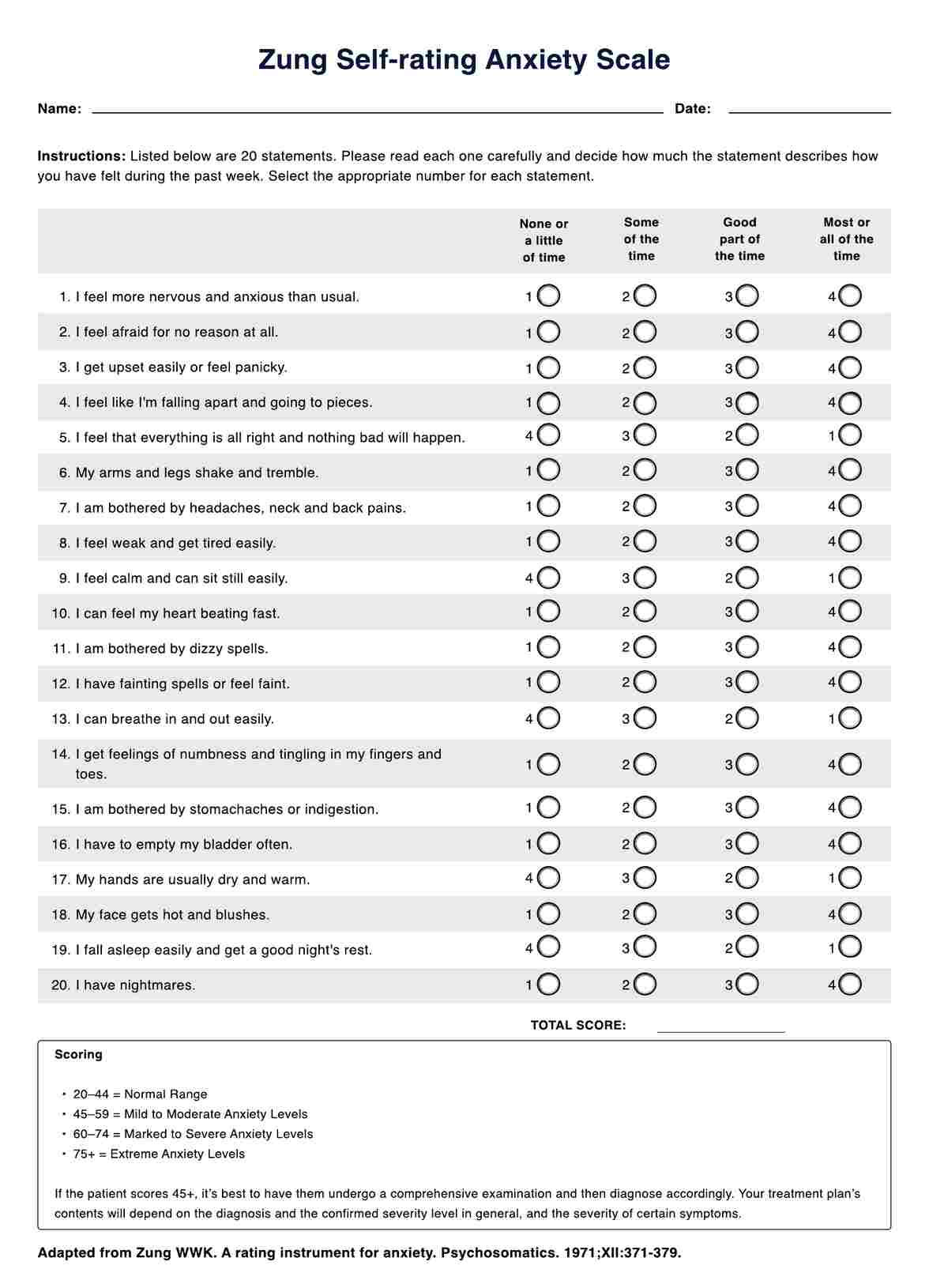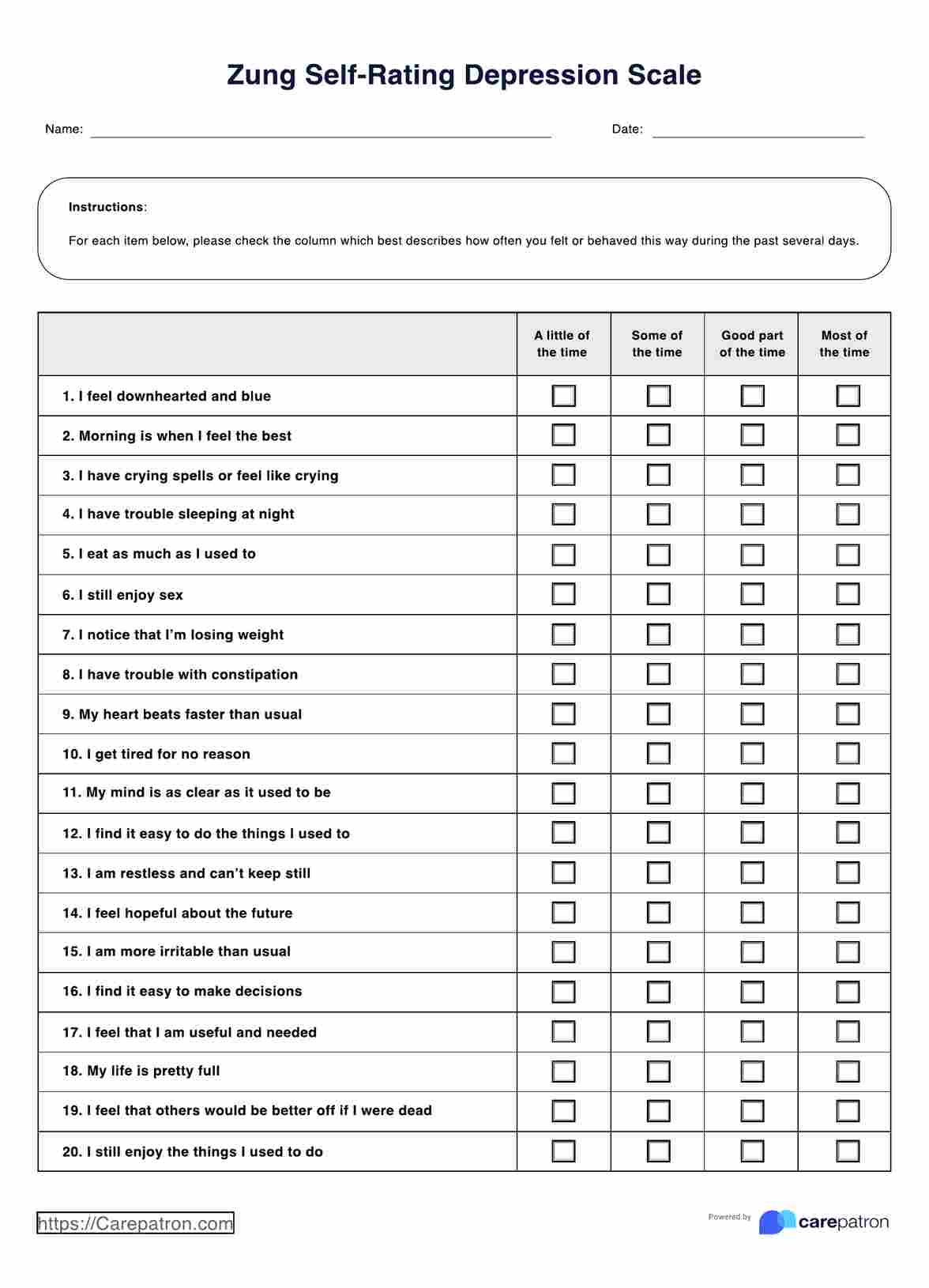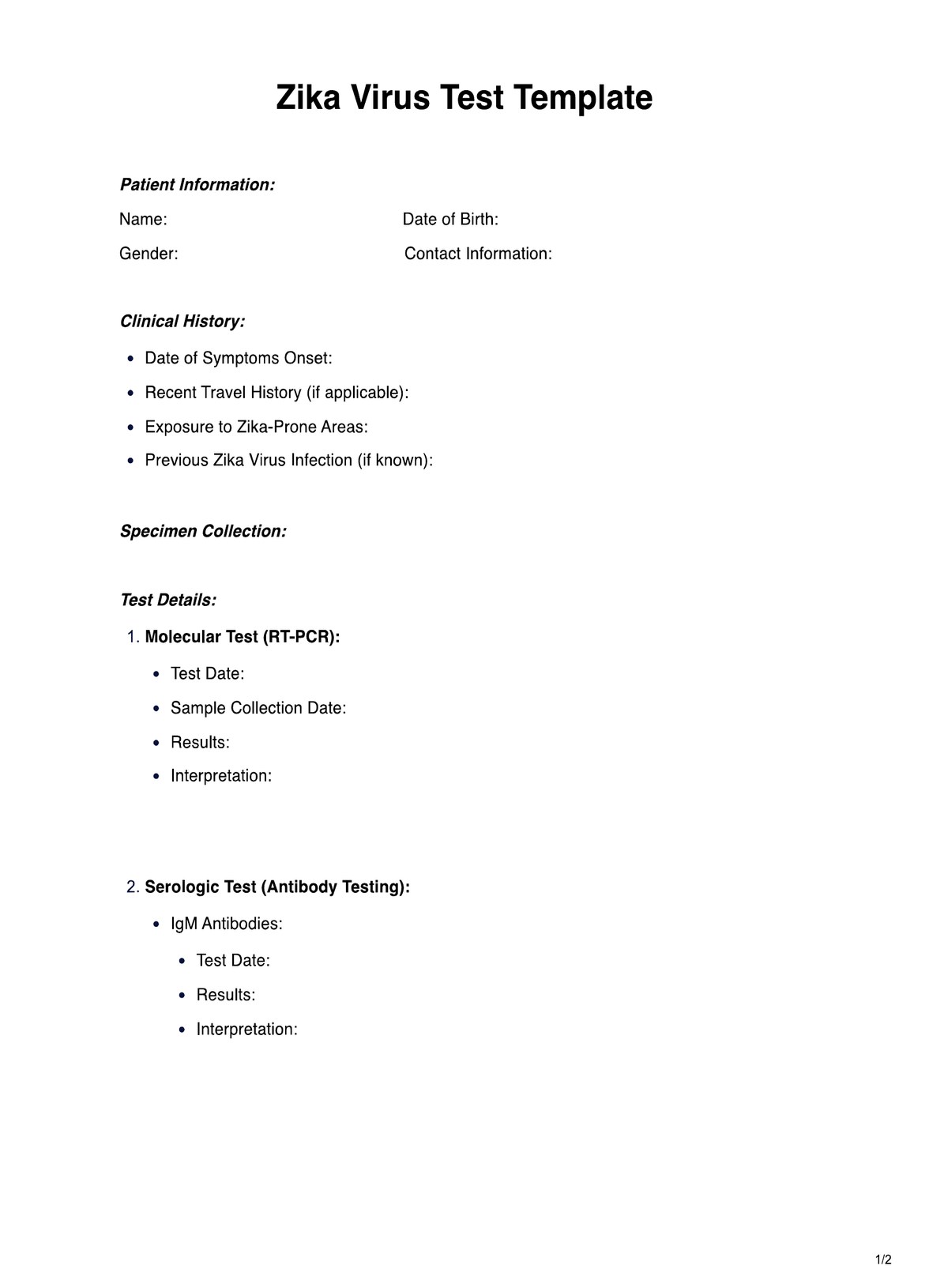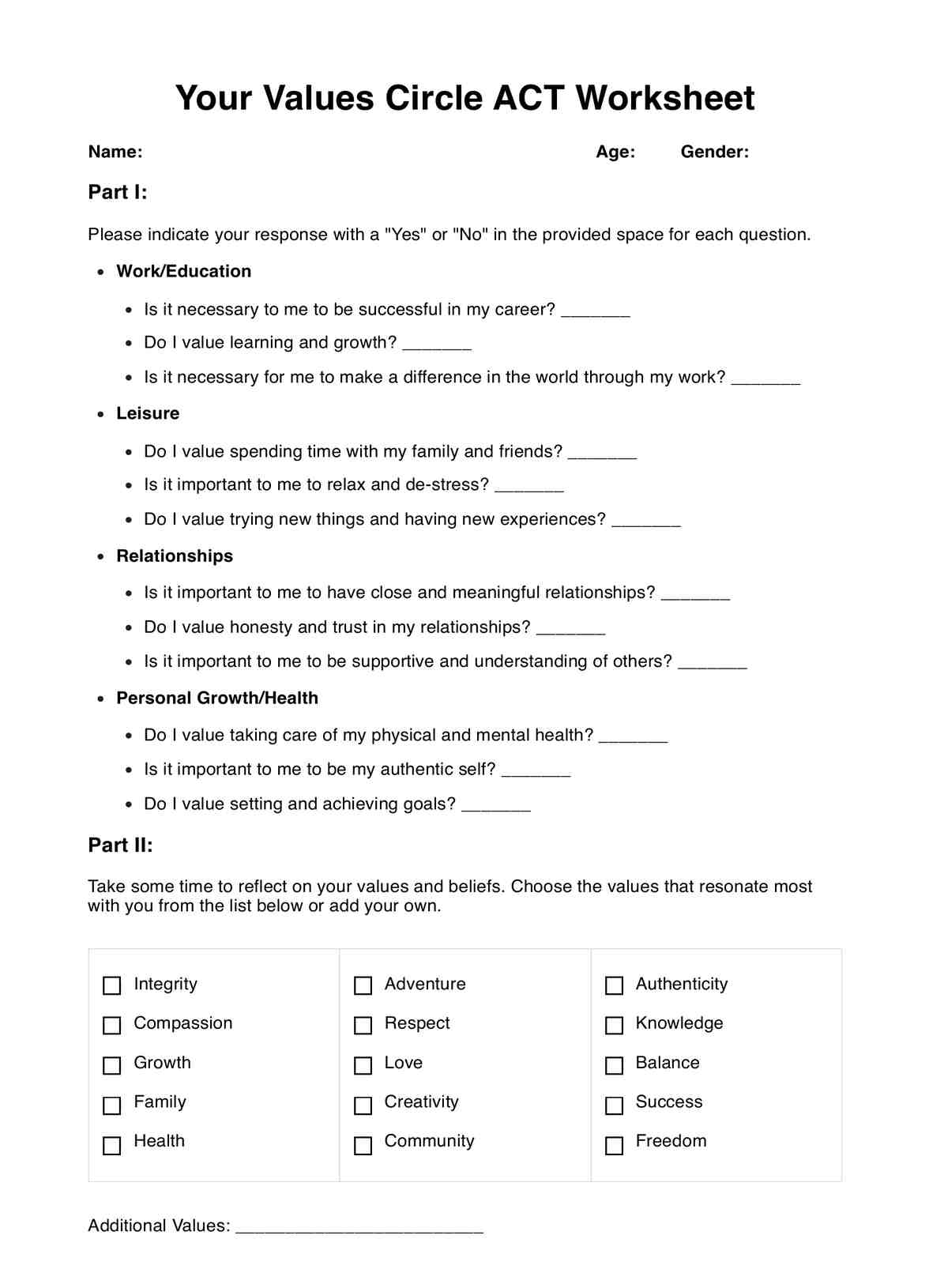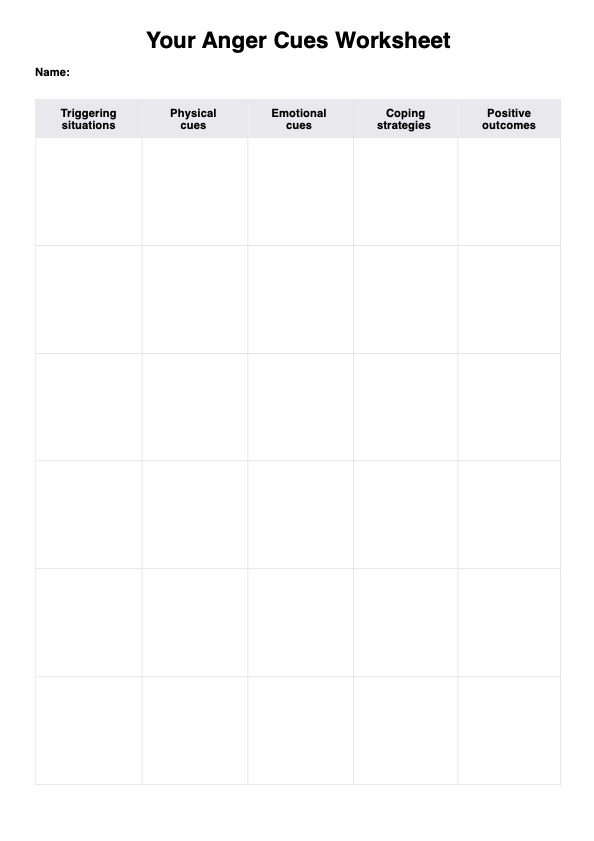Examples of behavior monitoring include tracking outbursts, documenting on-task versus off-task behavior, noting physical aggression, and observing social interactions in structured or unstructured settings. Clinicians often use tools like Behavior Tracking Sheets to record frequency, intensity, and context over time.
Behavior Tracking Sheets
Download Carepatron's free Behavior Tracking Sheet PDF to support effective behavior monitoring and enhance patient behavior management strategies.
Behavior Tracking Sheets Template
Commonly asked questions
The 7 R’s of behavior management are: Relationships, Rules, Routines, Relevance, Reinforcement, Role Modeling, and Reflection. These principles guide professionals in creating supportive, consistent environments that promote positive behavior and reduce disruptions.
Yes, behavior reflection sheets can be effective when used appropriately as part of a broader behavior management strategy. They help individuals recognize their own behavior, understand consequences, and identify strategies for improvement.
EHR and practice management software
Get started for free
*No credit card required
Free
$0/usd
Unlimited clients
Telehealth
1GB of storage
Client portal text
Automated billing and online payments


